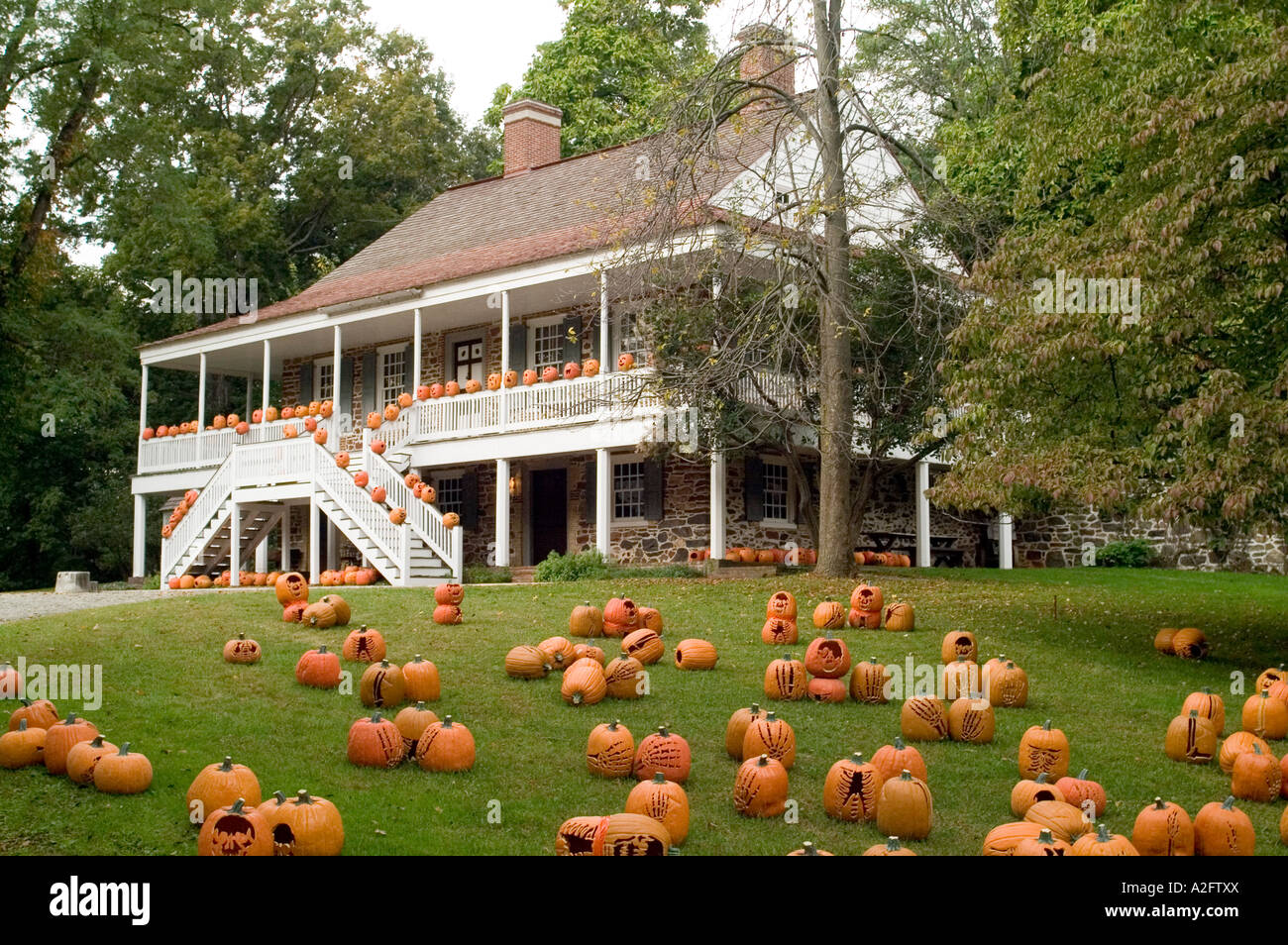Van Cortlandt Manor
Van Cortlandt Manor is an historical manor house in Croton-on-Hudson. Placed on the Croton river, it had river access up into Connecticut, and also into the Hudson. It was a working farm, however it was also an important part of the political landscape of the new United States.
The house is displayed as it likely would have existed in roughly 1795. Pierre Van Cortlandt, owner of the house, was the first Lieutenant Governor for New York. His son, Phillip, was a Brigadier General in the American Revolution, and his other son, Pierre Jr, was a representative of New York in the House of Representatives. His wife, Johanna, was a major figure in the spread of Methodism throughout New England. Equally as important, however, was their slaves.
Van Cortlandt Manor attempts to focus on “upper class” slavery in the north, however they often fall somewhat short of that goal. Effort is made to present how ingrained slaves were in the owners lives, such as the fact that they cooked virtually every meal. Effort is also made to show that the slaves were real people, and that they weren’t exactly content with their life: in the American Revolution, there was a plot for several slaves to escape. They failed, however. Another example commonly mentioned is a slave who would occasionally play the fiddle at a local pub, to make some extra money. Pierre, his owner, sent a letter to the pub stating that he would sue if the slave was not forced to stop.
Anecdotes like these are often the only way adults are shown the slavery that existed in the North. While the third floor of the manor house has a room set up in a way that suggests it was the slaves sleeping area, only children on school tours are brought up there. Even then, it is up to the tour guide to determine if they want to show them. The tour guides are not taught much, either, as there are few records left of how the slaves acted. We know Johanna did not like them, but simply because she found them annoying. We do know what the slaves did though. Issac, the favorite of Pierre, was a boat and carriage pilot. Sibby and Abby were usually in the kitchen. The unnamed slaves worked on the farm to provide for the household itself.
However, one thing in particular is highlighted about these slaves. We know that Sibby and Abby were the youngest, and also that they were being educated. This was because Pierre and his heir, Philip, were keenly aware of the incoming emancipation of all slaves in New York. Sibby and Abby were being taught the basics of literacy and math so that they would be able to live independently, something which was not required by law but something which the Van Cortlandts did voluntarily.
All in all, the history of slavery in Van Cortlandt Manor is absolutely not forgotten. At VCM, the tour guides dress in period clothing, and show guests around houses set as they would have in the period. The best way they are able to teach about anything, including slavery, is to relate it to things that the guests can see. The massive kitchen is incredible, but the incredibly clean cookbooks show that the cooks were not reading the books themselves, and that they were having the recipes read to them. The letters about the fiddle are used when they talk about the tavern on the site, and illustrate what a bars atmosphere may have been like.
While I do not agree that VCM disseminates information as unbiased and factual as they could, they make an incredible effort to show what life would have been like in 1800, for anyone around. Slaves are mentioned, but they are not the focus of the site. Overall, I believe they do an incredible job at showing how life was, although the supposed ‘equal focus on slavery’ seems to be lacking. 